Tomar
ENGLISH:
We had been looking forward to visit Tomar. The main attraction for us was the Convent of Christ. The small town, built in the late 12th century, is directly connected to the Knights Templar. The town was important during the Portuguese expansion. Henry the Navigator, the Grand Master of the Order of Christ (the organization that succeeded the Templars in Portugal) even has a statue right at the entrance of national garden in town.
PORTUGUÊS:
Estávamos ansiosos para visitar Tomar. A principal atração para nós era o Convento de Cristo. A pequena cidade, construída no final do século 12, está diretamente ligada aos Cavaleiros Templários. A cidade foi importante durante a expansão portuguesa. Henrique, o Navegador, Grão-Mestre da Ordem de Cristo (organização que sucedeu aos Templários em Portugal) tem até uma estátua mesmo na entrada do jardim nacional da cidade.
We had been looking forward to visit Tomar. The main attraction for us was the Convent of Christ. The small town, built in the late 12th century, is directly connected to the Knights Templar. The town was important during the Portuguese expansion. Henry the Navigator, the Grand Master of the Order of Christ (the organization that succeeded the Templars in Portugal) even has a statue right at the entrance of national garden in town.
PORTUGUÊS:
Estávamos ansiosos para visitar Tomar. A principal atração para nós era o Convento de Cristo. A pequena cidade, construída no final do século 12, está diretamente ligada aos Cavaleiros Templários. A cidade foi importante durante a expansão portuguesa. Henrique, o Navegador, Grão-Mestre da Ordem de Cristo (organização que sucedeu aos Templários em Portugal) tem até uma estátua mesmo na entrada do jardim nacional da cidade.
Convent of Christ (Convento de Cristo)
ENGLISH:
A UNESCO World Heritage Site since 1983, the Convent of Christ is a unique monument. Its original site was used for Roman worship. The convent, founded by the Order of Poor Knights of the Temple (or Templar Knights), began construction in 1118 and was completed in 1160. In the second quarter of the 13th century Tomar became the seat of the Knights Templar. The Templar Order was dissolved in 1319. It is believed that the round temple was modelled after the Dome of the Rock in Jerusalem or the Church of the Holy Sepulchre of Jerusalem. The steep road you'll see as we climb to the temple entrance is part of the Camino de Santiago. The castle and Convent of Christ display Romanesque, Gothic, Manueline and Renaissance architectural styles. You can see a famous Manueline window in some of the photos here.
PORTUGUÊS:
Patrimônio Mundial da UNESCO desde 1983, o Convento de Cristo é um monumento único. Seu local original foi usado para o culto romano. O convento, fundado pela Ordem dos Pobres Cavaleiros do Templo (ou Templários), teve a sua construção iniciada em 1118 e foi concluída em 1160. No segundo quartel do século XIII Tomar tornou-se a residência dos Templários. A Ordem dos Templários foi dissolvida em 1319. Acredita-se que o templo redondo foi modelado após a Cúpula da Rocha em Jerusalém ou a Igreja do Santo Sepulcro de Jerusalém. A estrada íngreme que você verá enquanto subimos para a entrada do templo faz parte do Caminho de Santiago. O castelo e o Convento de Cristo apresentam uma arquitectura românica, gótica, manuelina e renascentista. Pode-se ver uma famosa janela manuelina em algumas das fotos aqui.
A UNESCO World Heritage Site since 1983, the Convent of Christ is a unique monument. Its original site was used for Roman worship. The convent, founded by the Order of Poor Knights of the Temple (or Templar Knights), began construction in 1118 and was completed in 1160. In the second quarter of the 13th century Tomar became the seat of the Knights Templar. The Templar Order was dissolved in 1319. It is believed that the round temple was modelled after the Dome of the Rock in Jerusalem or the Church of the Holy Sepulchre of Jerusalem. The steep road you'll see as we climb to the temple entrance is part of the Camino de Santiago. The castle and Convent of Christ display Romanesque, Gothic, Manueline and Renaissance architectural styles. You can see a famous Manueline window in some of the photos here.
PORTUGUÊS:
Patrimônio Mundial da UNESCO desde 1983, o Convento de Cristo é um monumento único. Seu local original foi usado para o culto romano. O convento, fundado pela Ordem dos Pobres Cavaleiros do Templo (ou Templários), teve a sua construção iniciada em 1118 e foi concluída em 1160. No segundo quartel do século XIII Tomar tornou-se a residência dos Templários. A Ordem dos Templários foi dissolvida em 1319. Acredita-se que o templo redondo foi modelado após a Cúpula da Rocha em Jerusalém ou a Igreja do Santo Sepulcro de Jerusalém. A estrada íngreme que você verá enquanto subimos para a entrada do templo faz parte do Caminho de Santiago. O castelo e o Convento de Cristo apresentam uma arquitectura românica, gótica, manuelina e renascentista. Pode-se ver uma famosa janela manuelina em algumas das fotos aqui.
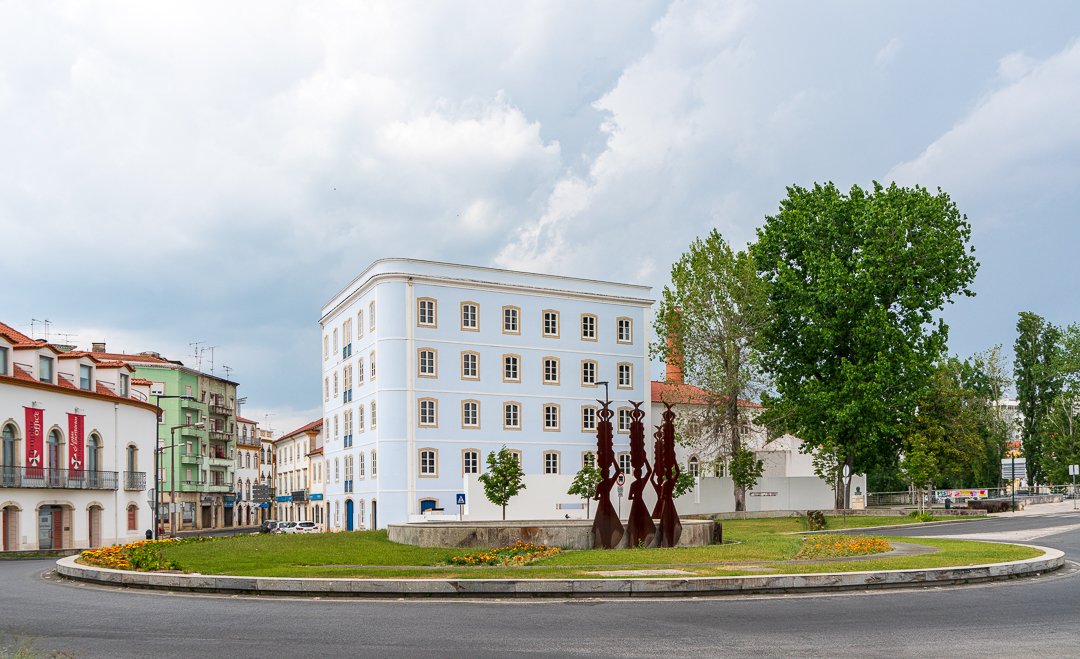

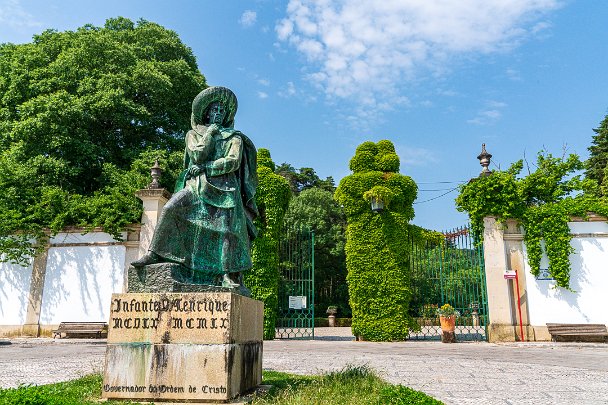
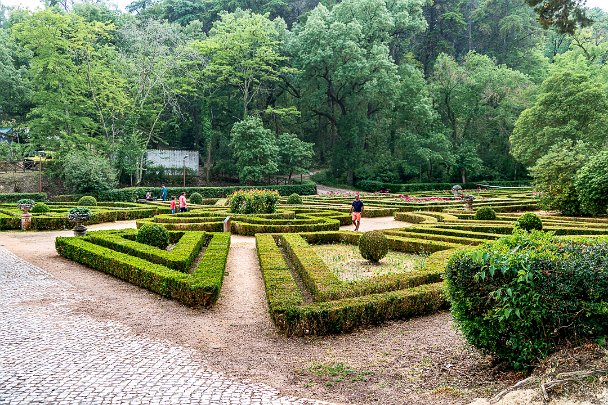
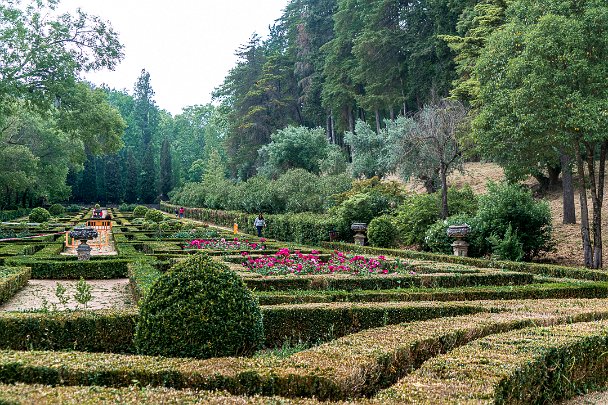
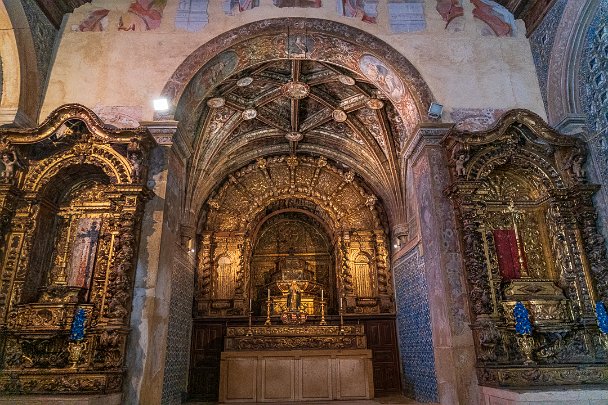
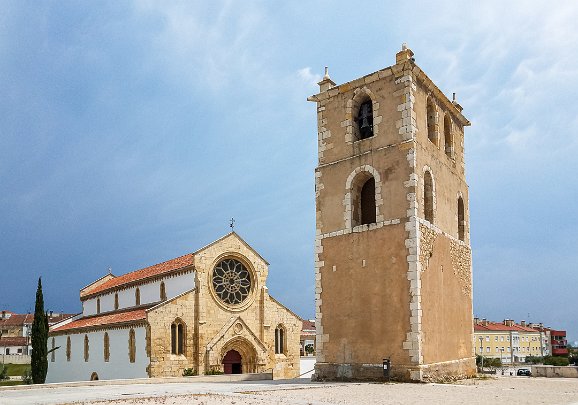
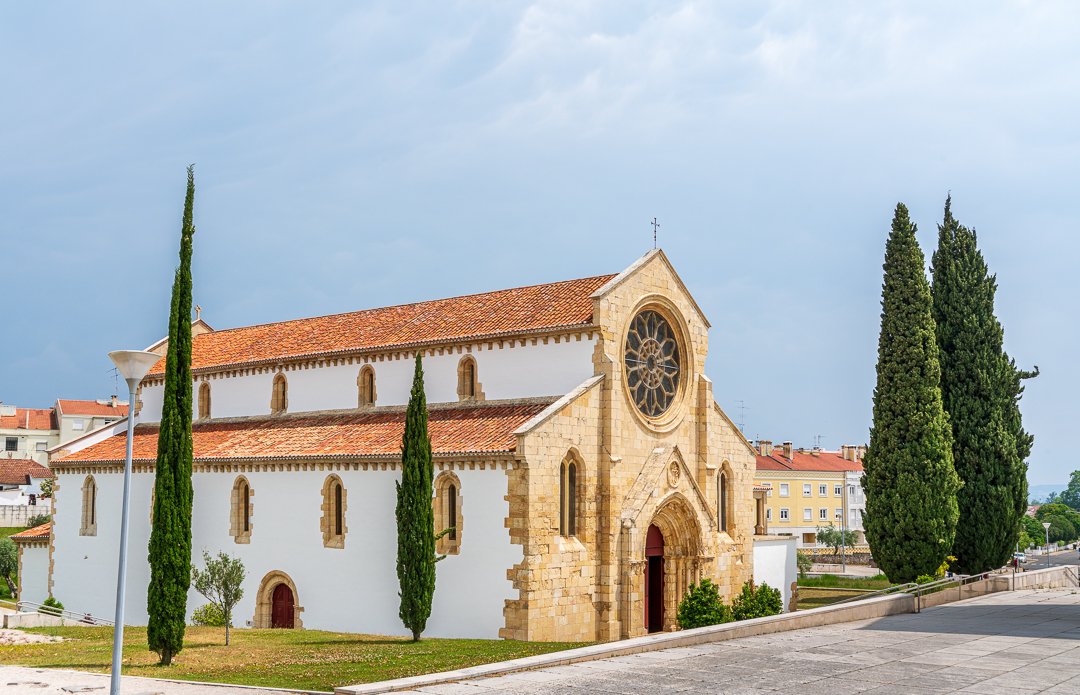
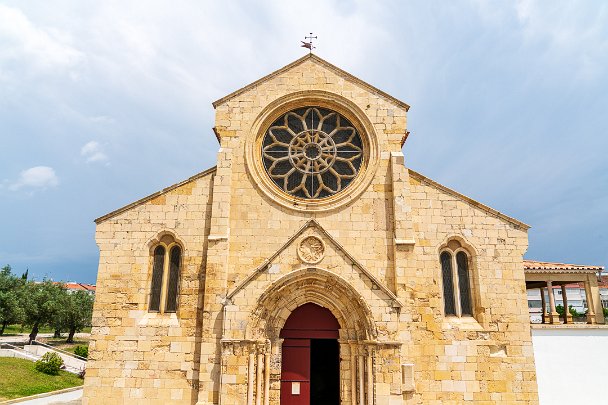
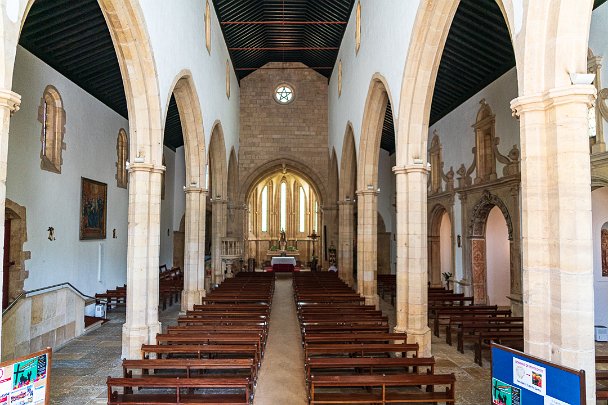
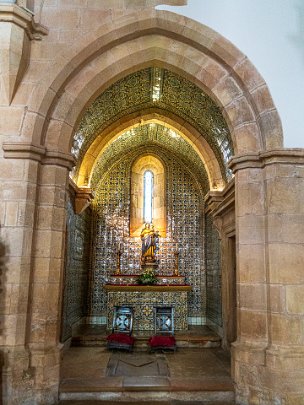

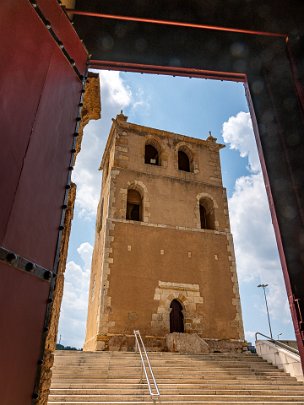

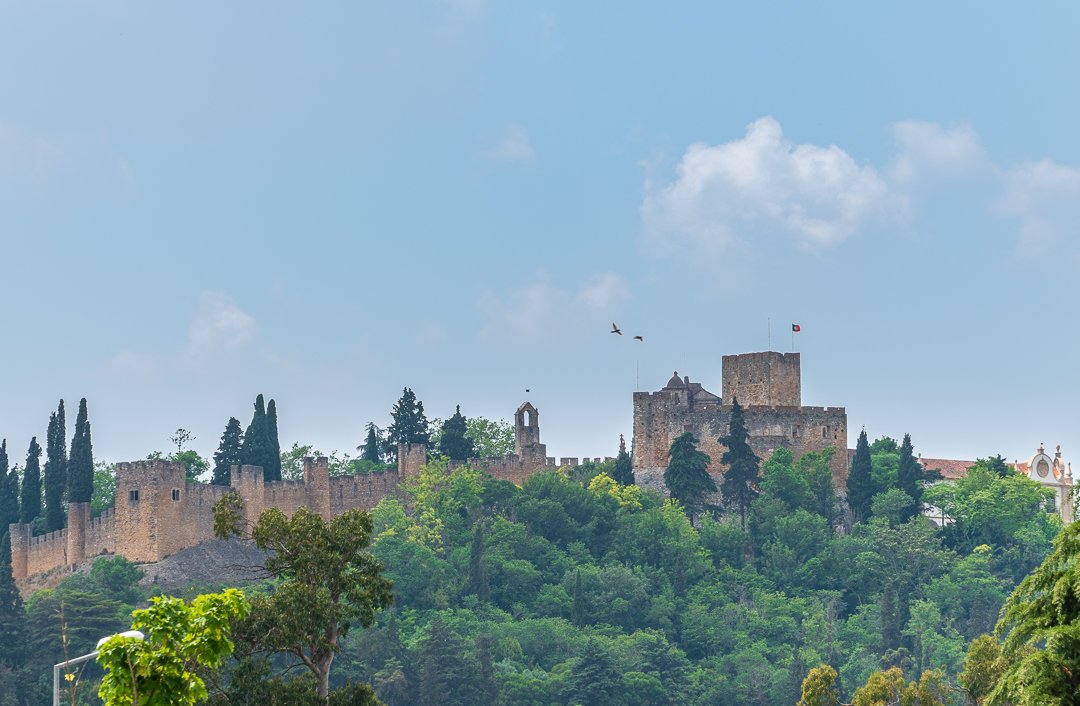
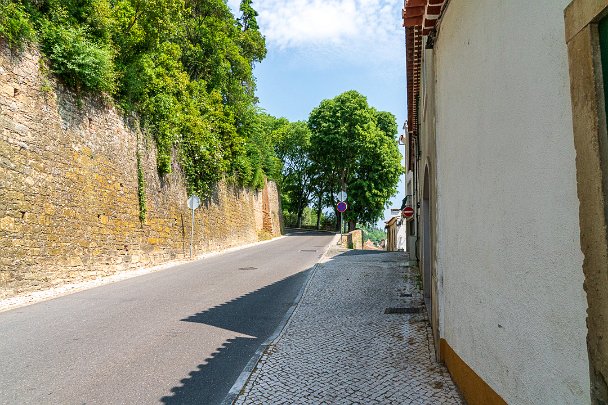
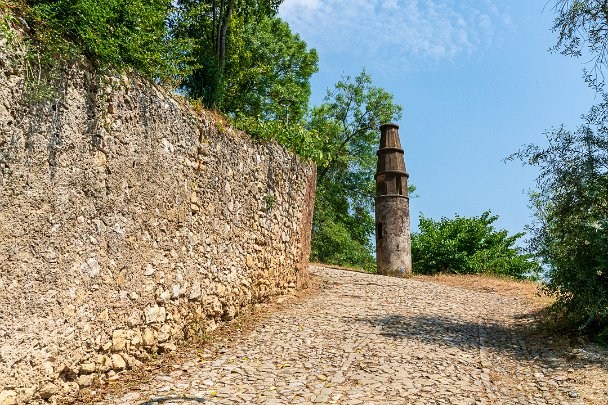
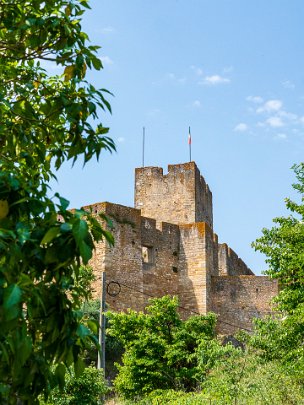
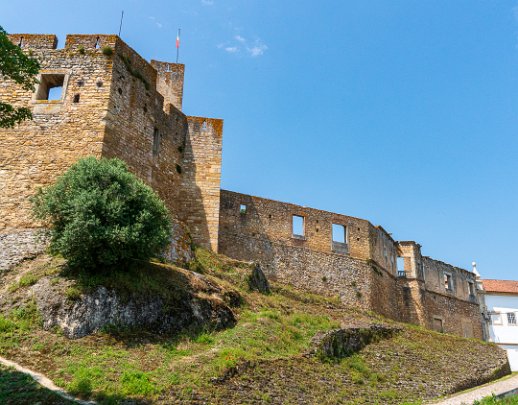
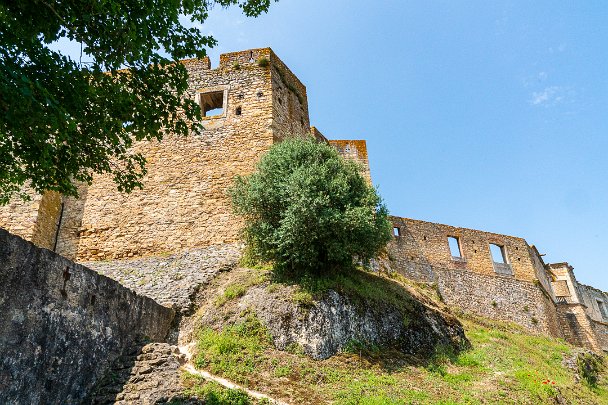
Tomar
A day visit to the Knights Templar convent in Tomar. Um dia de visita ao convento dos Cavaleiros Templários em Tomar.